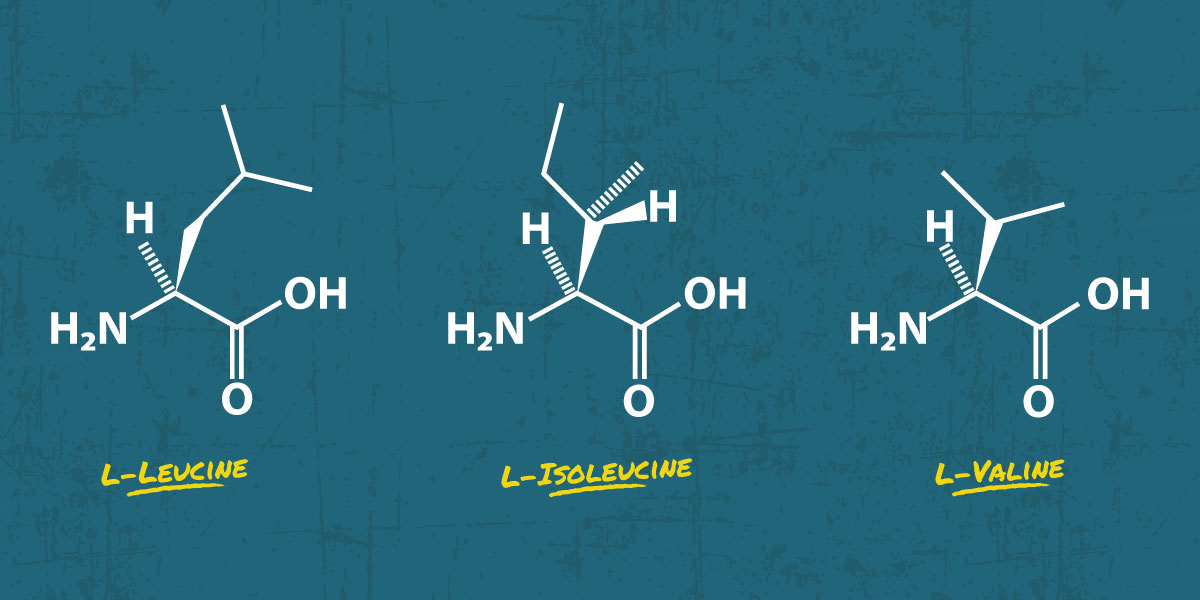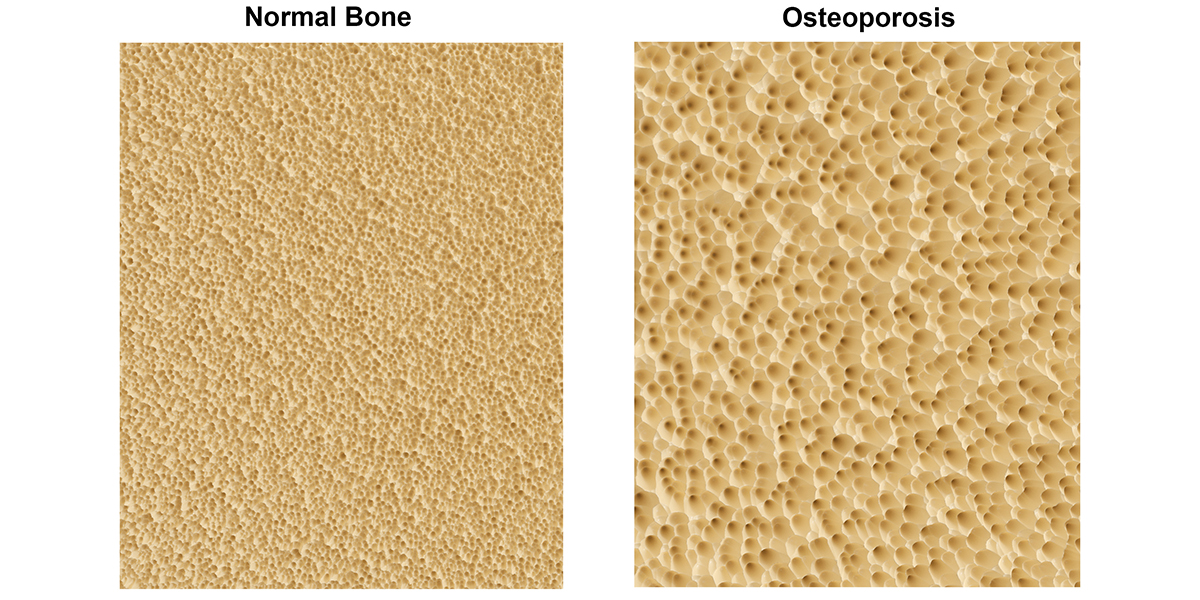Everything You’ve Ever Wanted to Know About BCAAs
- Aug 24, 2023

What are they and how do they affect performance and your overall wellness?
Leucine, isoleucine, and valine are amino acids that are categorized as branched chain amino acids (BCAA). This particular group of amino acids is named for their unique structure which is (you guessed it) branched.
Amino acids are the building blocks of protein. Most amino acids are put together or “synthesized” by the liver to make proteins.
What makes BCAAs unique is that they are some of the few amino acids that can be used by skeletal muscle to support both protein synthesis and prevent protein breakdown.

These amino acids also fall under the “essential” category, meaning that they cannot be made by the body, so they must come from the diet. This fact makes it all the more important to consume foods that are rich in BCAA or turn to supplements to meet your body’s needs. If you provide your body with adequate amounts of BCAA’s research shows this will improve performance and even fight some negative side effects associated with aging.
Fuel
The body’s preferred fuel source is glucose, the breakdown product of carbohydrates. BCAAs can be a secondary fuel source during exercise when there is no more glucose available. BCAAs prevent the usage of glycogen, glucose that is stored in the muscles (more on that later).
High intensity exercise (>70% VO2 max) for 10 minutes showed a significant decrease in BCAA available in the plasma¹. The blood carries the BCAAs to the muscles where they are taken up and used. Taking BCAAs before a high intensity workout can increase the time to exhaustion because it provides another fuel source for the body².
L-Alanine is an amino acid that regulates the breakdown of BCAAs⁴. When L-alanine is taken with branched chain amino acids, it can increase their bioavailability (making them easier for the body to use). BCAAs and L-alanine have been shown to maintain muscle force and prevent fatigue in animal studies⁴. Taking L-Alanine with BCAAs may make fuel available to your body even quicker.

Fatigue and Soreness
There are two types of physical fatigue: muscular and central.
Muscular fatigue occurs when glycogen (just as promised!) is depleted. This is when you bonk (feel like you hit a wall). BCAAs activate enzymes that promote glucose uptake from the blood³. This glucose is an important energy source that prevents the depletion of glycogen. Glycogen depletion can reduce muscle function, especially in endurance events like long distance running².
Central fatigue (aka mental fatigue) leads to decreased muscular force and mental function. This state is associated with increased plasma levels of serotonin². BCAAs can combat central fatigue by lowering plasma serotonin levels and increasing dopamine synthesis. Several studies have shown that taking BCAAs before and during prolonged exercise can alleviate muscular and central fatigue².

Supplementing BCAAs before exercise has also been shown to significantly reduce soreness 48 and 72 hours after training⁵. BCAAs significantly reduce lactate levels, which is one factor that causes muscle damage. BCAAs reduce chemical indicators of fatigue, energy metabolites, and muscle soreness substances⁶. When taken after exercise, BCAAs can decrease muscle loss induced by intense training that athletes regularly participate in¹².

Builds Muscle
BCAAs not only promote glucose uptake but are also important building blocks of muscle. BCAAs make up 35% of total muscle protein². Since they are able to be taken up and used by muscles, the repair process can start immediately following exercise.
Leucine, one of the three BCAAs, acts as a signal to start muscle protein synthesis. Leucine is a vital building block of muscle. Valine and isoleucine can indirectly enhance the effects of leucine by activating other enzymes used in the protein synthesis pathway³.
In a study that looked at mice subjected to various levels of exercise and BCAA supplementation, the mice who ran and received a supplement had larger and more regular muscle fibers compared to the mice who ran and did not receive a supplement and those who did not run but did receive a supplement⁷.

Prevents Sarcopenia
Sarcopenia (age related muscle atrophy or breakdown) is the most common type of atrophy in humans. It impairs function and causes muscle weakness⁷.
BCAAs stimulate protein synthesis and can prevent and even improve muscle atrophy. In a study involving pigs, BCAAs with arginine and glutamic acid decreased the synthesis of genes involved in muscle protein degradation¹⁰.
Exercise and BCAA supplementation showed a decrease in gene expression of Fox0 proteins⁷. These proteins respond to stressors like aging. Lower levels of these proteins improve insulin resistance in animal cells and arel associated with less cellular stress.

Prevents Osteoporosis
A study of 31 elderly women who had a total hip arthroplasty showed that BCAA supplementation greatly increased knee extension strength⁹. The ratio of knee extension strength before and after the intervention on the operated side was significantly higher in the BCAA group than in the group receiving a placebo.
A product of valine breakdown has been shown to protect osteocytes, bone cells. It acts as an antioxidant, preventing the cells from apoptosis (cell death), and preventing bone loss. This can help slow down or even prevent the progression of osteoporosis¹⁰.

Can Help With Depression and Anxiety
It has been shown the levels of BCAAs in depressed patients is different from non-depressed persons.
Leucine in particular has been shown to act as an antidepressant in an inflammation induced depression model. Leucine prevents the transportation of kynurenine (a neurotoxin that causes inflammation) to the brain.
In a study that involved inducing depression and anxiety in mice, BCAAs were shown to promote resilience to stress and reduce social avoidance. The BCAAs lead to the activation of neural signals in the hippocampus which prompted this behavior⁸. More research is needed to identify the role of BCAAs in the development of depression and the dosing needed to treat inflammation induced depression.

How Much Do I Need?
A systematic review found that the benefits of supplementation were usually experienced when taken at a high dose (>200 mg/kg body weight/day or 440 mg/lb body weight/day) in the context of low to moderate muscle damage. BCAAs need to be taken consistently for at least 10 days before experiencing beneficial effects¹¹.
Taking BCAAs twice daily for more than 10 days before training prevented exercise induced muscle damage and therefore, muscle soreness. BCAA supplementation can also increase time to exhaustion when taken before a workout.
Branched chain amino acids have a wide range of functions that can benefit everyone from fitness enthusiasts to hard core athletes. They are a fuel source for your body, increase time to exhaustion, reduce fatigue and muscle soreness, promote muscle building, help to mitigate some of the negative side effects of aging, and play a role in mental wellness.
BCAAs can be included in any of INFINIT Nutrition’s custom blends. If this article left you interested in BCAAs, you can schedule an appointment with one of our sports dietitians to create a custom blend or to help answer any questions.
References
- Gawedzka1, A., Grandys1, M., Duda1, K., Zapart-Bukowska1, J., Zoladz1, J., Majerczak4, J., . . . A, G. (2020, December 21). Plasma BCAA concentrations during exercise of varied intensities in young healthy men-the impact of endurance training. Retrieved January 27, 2021, from https://peerj.com/articles/10491/
- AbuMoh’d, M., Matalqah, L., & Al-Abdulla, Z. (2020, March 31). Effects of Oral Branched‐Chain Amino Acids (BCAAs) Intake on Muscular and Central Fatigue During an Incremental Exercise. Retrieved January 27, 2021, from https://content.sciendo.com/configurable/contentpage/journals$002fhukin$002f72$002f1$002farticle-p69.xml
- Shou, J., Chen, P., & Xaio, W. (2019, March 19). The Effects of BCAAs on Insulin Resistance in Athletes. Retrieved January 27, 2021, from https://www-jstage-jst-go-jp.proxy.libraries.uc.edu/article/jnsv/65/5/65_383/_pdf/-char/en
- Mantuano, P., Bianchini, G., Cappellari, O., Boccanegra, B., Conte, E., Sanarica, F., . . . De Luca, A. (2020, July 30). Ergogenic Effect of BCAAs and L-Alanine Supplementation: Proof-of-Concept Study in a Murine Model of Physiological Exercise. Retrieved January 27, 2021, from https://www.mdpi.com/2072-6643/12/8/2295
- VanDusseldorp, T., Escobar, K., Johnson, K., Stratton, M., Moriarty, T., Cole, N., . . . Mermier, C. (2018, October 01). Effect of Branched-Chain Amino Acid Supplementation on Recovery Following Acute Eccentric Exercise. Retrieved January 27, 2021, from https://www.mdpi.com/2072-6643/10/10/1389
- Hormoznejad, R., Zare Javid, A. & Mansoori, A. Effect of BCAA supplementation on central fatigue, energy metabolism substrate and muscle damage to the exercise: a systematic review with meta-analysis. Sport Sci Health15, 265–279 (2019). https://doi-org.proxy.libraries.uc.edu/10.1007/s11332-019-00542-4
- Sadri, S., Sharifi, G., & Dehkordi, K. J. (2020, July 1). Effects of high intensity interval training (up & downward running) with BCAA/nano chitosan on Foxo3 and SMAD soleus muscles of aging rats. Retrieved January 27, 2021, from https://www-sciencedirect-com.proxy.libraries.uc.edu/science/article/pii/S0024320520303891?via%3Dihub
- Nasrallah, P., Haidar, E. A., Stephan, J. S., Hayek, L. E., Karnib, N., Khalifeh, M., . . . Sleiman, S. F. (2019, November). Branched-chain amino acids mediate resilience to chronic social defeat stress by activating BDNF/TRKB signaling. Retrieved January 27, 2021, from https://www-sciencedirect-com.proxy.libraries.uc.edu/science/article/pii/S2352289519300153
- Ikeda T;Matsunaga Y;Kanbara M;Kamono A;Masuda T;Watanabe M;Nakanishi R;Jinno T;. (2019). Effect of exercise therapy combined with branched-chain amino acid supplementation on muscle strength in elderly women after total hip arthroplasty: A randomized controlled trial. Retrieved January 27, 2021, from https://pubmed.ncbi.nlm.nih.gov/31826368/
- Kamei, Y., Hatazawa, Y., Uchitomi, R., Yoshimura, R., & Miura, S. (2020). Regulation of Skeletal Muscle Function by Amino Acids. Nutrients, 12(1), 261. MDPI AG. Retrieved from http://dx.doi.org/10.3390/nu12010261
- Foure, A., & Benahan, D. (2017, September 1). Is Branched-Chain Amino Acids Supplementation an Efficient Nutritional Strategy to Alleviate Skeletal Muscle Damage? A Systematic Review. Retrieved January 27, 2021, from https://doaj-org.proxy.libraries.uc.edu/article/60d1c6a8836343a792d7c4685868c424
- Lysenko, E.A., Vepkhvadze, T.F., Lednev, E.M. et al. Branched-chain amino acids administration suppresses endurance exercise-related activation of ubiquitin proteasome signaling in trained human skeletal muscle. J Physiol Sci 68, 43–53 (2018). https://doi-org.proxy.libraries.uc.edu/10.1007/s12576-016-0506-8









